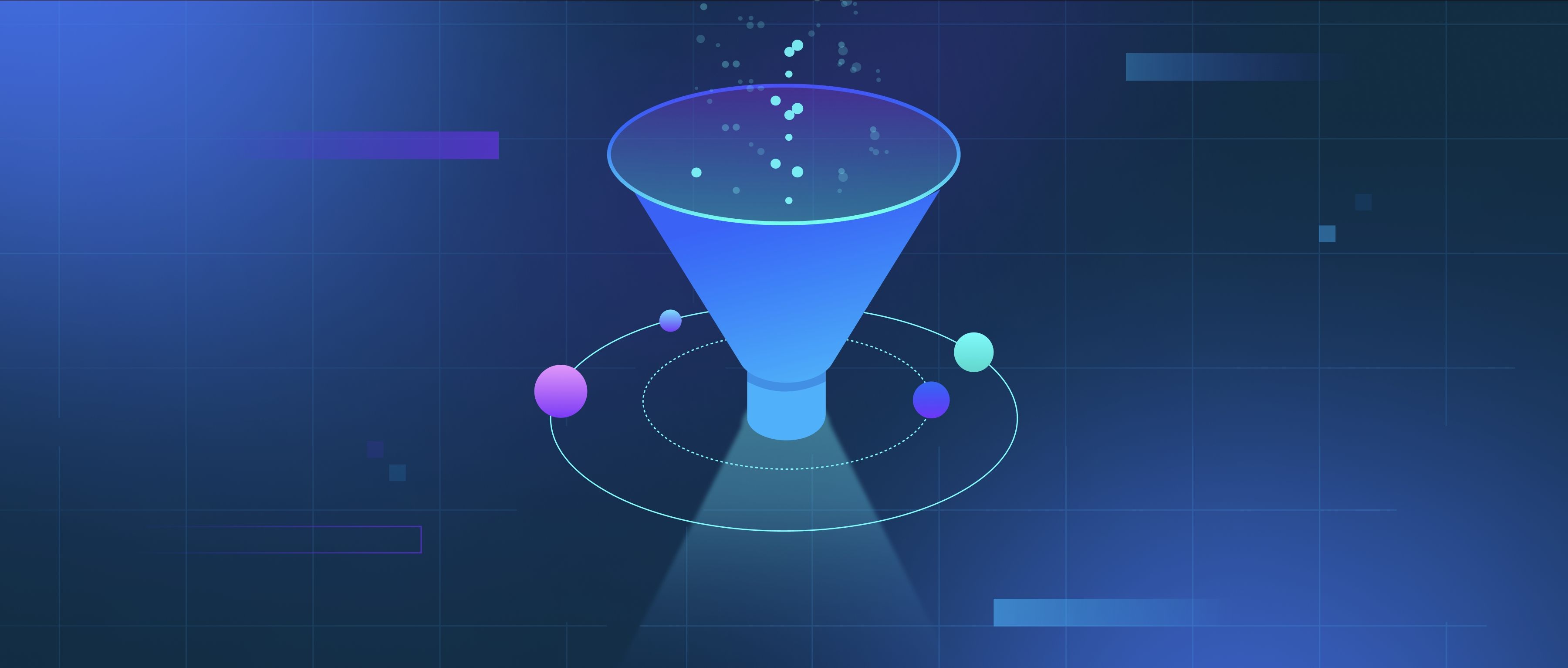Knowledge graphs play a significant role in data governance by providing a structured way to organize, manage, and visualize data relationships. They enable organizations to create a clear map of their data assets, showing how different data points are connected. This clarity helps in understanding data lineage, which is crucial for compliance with data regulations, such as GDPR or HIPAA. For instance, if a developer wants to trace how customer data moves through different systems, a knowledge graph can show the paths data takes, making it easier to identify where sensitive information resides.
In addition to data lineage, knowledge graphs enhance data quality by allowing organizations to define and enforce data standards. By modeling data entities and their relationships, organizations can more effectively detect inconsistencies or errors in data inputs. For example, if a company maintains product data across multiple databases, a knowledge graph can help ensure that product definitions are consistent across those systems. If a discrepancy arises—such as different naming conventions or incorrect attributes—the graph can highlight these issues, allowing developers to correct them promptly.
Lastly, knowledge graphs facilitate better access control and data stewardship. By clearly mapping relationships and hierarchies, organizations can better define who has access to which datasets. For example, if certain data contains sensitive information that only specific roles should access, the knowledge graph can be used to enforce these access policies. Additionally, it provides a visual representation that aids data stewards in managing data assets more effectively, ensuring that everyone adheres to the governance framework established by the organization. This structured visibility not only aids in compliance but also fosters a culture of accountability around data use.
